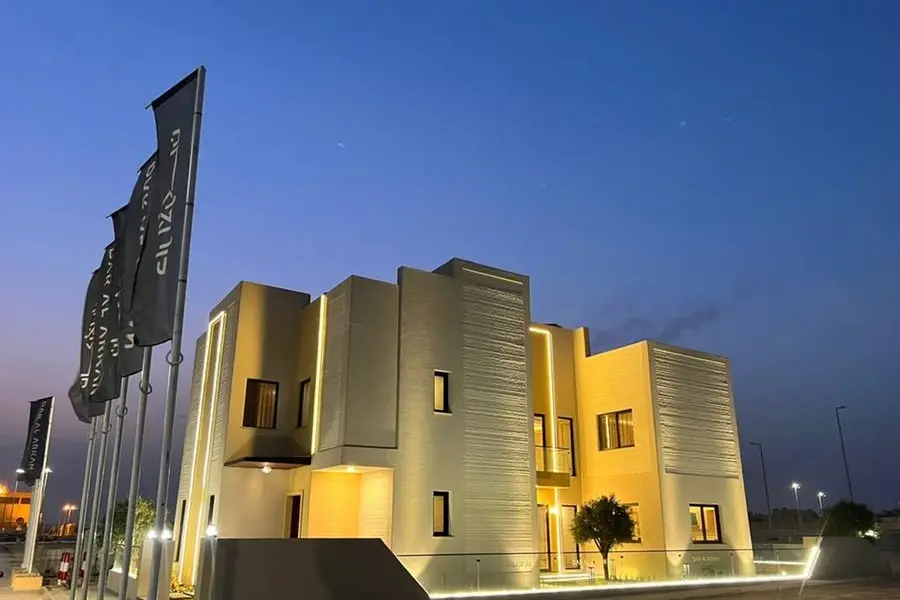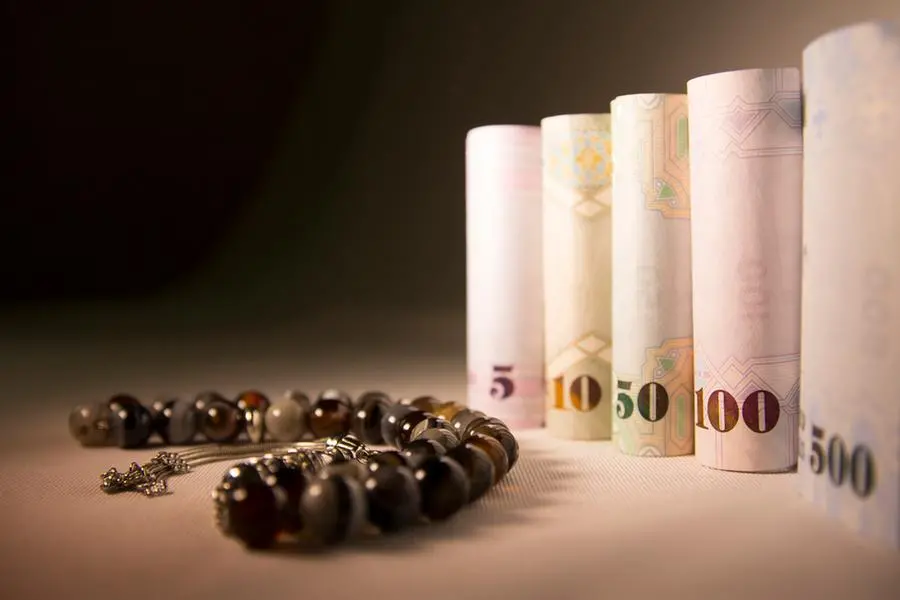We explore the properties of meranti - one of the most widely-used tropical timbers
Meranti represents a wood of worldwide commercial importance. As a veneer, much of it becomes plywood, plywood paneling, cabinets, and hollow-core doors. In lumber form, meranti is worked into light structural framing, moldings, and trim and low-cost furniture. In outdoor projects, the wood has little durability.
Meranti is the trade name used within the timber industry to designate a selected number of tropical species of rainforest trees from the Shorea family. It is endemic to Southeast Asia with the majority of species growing throughout Malaysia and Indonesia, although it can be found in parts of the Philippines and Northern India as well.
There are thousands of common names for various species from the genus Shorea, but the names 'Philippine mahogany' and 'lauan' are often substituted for meranti. To understand the breadth of species that fall under the description of 'meranti', we must first note that meranti is separated into four groups on the basis of heartwood color and weight: light red, dark red, yellow, and white. About 70 species of Shorea belong to the light and dark red meranti groups, 22 species to the white meranti group, and 33 species to the yellow meranti group.
The group most used is the red group. Most of it is light red or pinkish in color, the average dry weight is 550 kg/m3 but it may be as low as 400 or as high as 705. The dark red material is at the upper end of this range.
Properties
Often used as a false 'mahogany' for products such as windows, conservatories and doors, meranti is similar in color and grain to mahogany. Sometimes referred to as Philippine mahogany, meranti's grain texture is rougher than true mahogany and it does not have dark colored deposits in its pores. Meranti is an interlocking grain, non-resinous wood. The interlocked grain allows minimal uneven wear between growth rings, making meranti highly desirable over other tropical species such as Keruing, which may have oily cores.
Light red meranti is light red to pinkish-brown when freshly cut. The texture is rather coarse but even, and the grain varies from straight to interlocked, with the stripe figure often appearing. Gum canals are often present and may show as whitish lines on planed and sanded surfaces but the gum is white and crystalline, and not sticky. The wood takes stains and finishes well. This type of meranti is used for joinery, paneling, louvre doors, furniture, light construction and plywood. The other types of meranti (dark red, yellow and white) all tend to be heavier and perhaps more suited to structural uses, but they may also be used for the same purposes as light red meranti.
All the meranti groups are machined easily except white meranti, which dulls cutters as a result of high silica content in the wood. The light red and white merantis dry easily without degrade, but dark red and yellow merantis dry more slowly with a tendency to warp.
The light red, white, and yellow merantis are not durable in exposed conditions or in ground contact whereas dark red meranti is moderately durable.
Construction Usage
This tropical hardwood has density varying from 25 to 50 lbs/cu ft. It's resilience and relatively low cost of manufacture make it ideal as a utility wood product for non-cosmetic usage such as container, flatbed truck and van lining, RV construction, drawer bottoms and sides, etc. Because of its consistent grain and uniform color, it is also laminated and rebranded for use in cabinetry and flooring within the United States. In parts of Mexico, red and pink species are sought after for cabinetry and woodwork, where the cosmetic face is directly exposed. In the US, uses include joinery, furniture and cabinetwork, moulding and millwork, flooring, and general construction.
Common uses for dark red meranti include plywood, interior furniture, general construction, concrete forms, veneer, and boatbuilding. Some dark red meranti is also used for decking.
Meranti is also used to construct boats where its rainforest properties allow it to fair well to exposure to moisture. These woods are generally BS1088 certified if going to UK markets, and are bonded using some sort of Phenol or Urea Formaldehyde waterproof resin.
Manufacture and Production
Meranti is widely sought after throughout Europe, Asia and North America. However, strong demand for its cheaper replacement, Chinese birch, has caused a contraction in global production volume. As a result, hundreds of factories throughout Malaysia and Indonesia have closed down. In addition, as a result of its Critically Endangered conservation status, it is no longer produced in the Philippines and quotas have been strictly reduced throughout most of Indonesia. The global demand of meranti remains uncertain in the world of plywood manufacture.
PROPERTIES
• Average overall strength and hardness
• Stable
• Good nailing and gluing properties
• Smooth finishes but some tearing of interlocked grain
• Takes finishes well
• Moderately slow drying with a tendency to warp, thick material may check and end split
• Little movement in performance
• Easy to work with hand and machine tools
DURABILITY
• Heartwood is moderately durable
• In general, naturally resistant to decay and insects
• Sapwood liable to attack by powder-post beetle
• Not resistant to marine borers
• Generally rated as resistant to preservative treatments, sapwood reported to be moderately resistant to permeable, varying with species
MAIN USES
• Veneer and plywood
• Joinery
• Flooring
• Furniture and cabinetwork
• General construction
• Boatbuilding
© Timber Design & Technology 2012




















